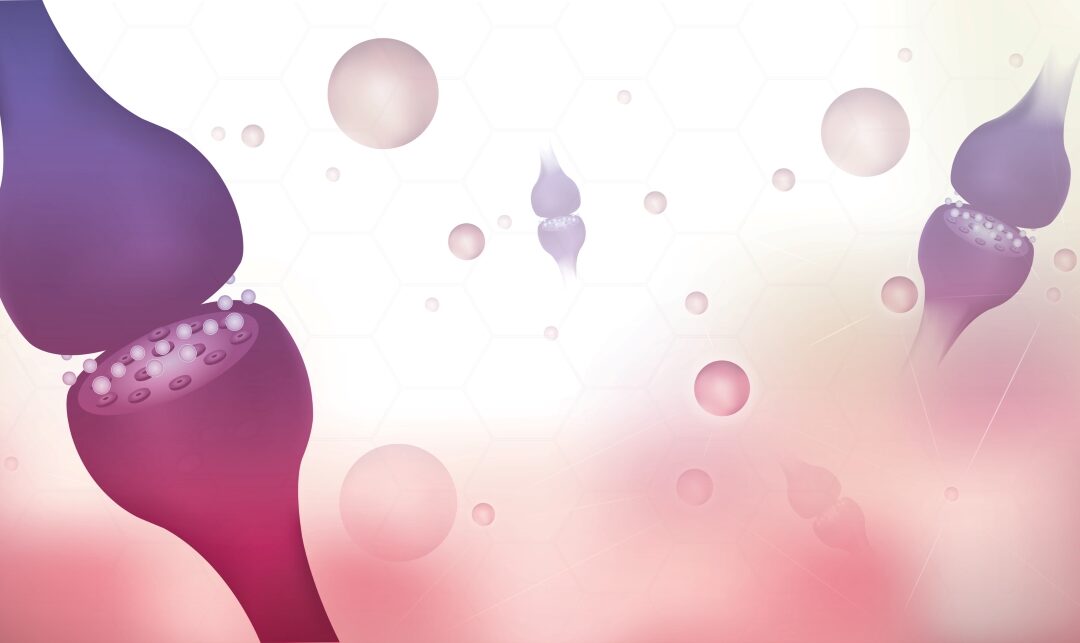When researching scientific literature and research on the medical applications of cannabis and cannabinoids, one thing becomes clear. Cannabis has a significant impact on the human body and a strong medical potential. Our bodies and minds are affected in multiple ways by this plant and its plethora of therapeutic compounds.
How is it that a single plant can aid in the treatment of so many conditions? How does it perform both curative and palliative functions? The answer to these questions has made scientists discover a previously unknown physiologic system. Which is becoming a crucial part of the health and healing of every person and almost every animal. The endocannabinoid system.
What is the Endocannabinoid System (ECS)?
Many of us are familiar with the complexity of the nervous system ad the importance it has for our everyday lives. But surprisingly, very few people are aware of the recently found endocannabinoid system (ECS).
The ECS regulates many of our most important body functions, including learning and memory, emotional processing, sleep, temperature, pain control, inflammatory and immunological responses, and eating. Currently, the ECS is the focus of global research and medication development.
Endocannabinoids and their receptors are located throughout our bodies: in the brain, organs, connective tissues, glands, and immune cells. Cannabinoids and endocannabinoids are also present where the body’s many systems converge, enabling intercellular communication and coordination.
The cannabinoid system works in various ways in each tissue, but homeostasis—the condition of optimal functioning in the organism and balance of processes—is always the goal.
Functioning of Cannabinoid Receptors
Cannabinoid receptors are believed to be more numerous than any other receptor system and are distributed throughout the body, embedded in cell membranes. Numerous physiological processes depend on the activation of cannabinoid receptors.
Currently, two cannabinoid receptors have been discovered: CB1, mostly found in the nervous system, connective tissues, glands, and organs; and CB2, mostly found in the immune system and its associated structures.
Many tissues contain CB1 and CB2 receptors, each associated with a distinct function. According to researchers, there might be a third cannabinoid receptor that is still unknown. Note that our bodies naturally produce endocannabinoids to activate these receptors.
Cannabinoid Receptors and Endocannabinoids
Our bodies and brains are full of cellular receptors and a large network of chemical signals that make up the ECS. The CB1 receptors, often referred to as cannabinoid receptors, are more prevalent in the brain than other receptors. They regulate the levels and activity of the majority of the other neurotransmitters. Moreover, they control things by immediate feedback and turning up or down the activity of whichever system, such as hunger, temperature, or alertness. This is how important they are for humans!
To stimulate these receptors, our bodies produce endocannabinoids, which share structural similarities with molecules in the cannabis plant. In other words, all of us have cannabis-like molecules in our brains.
The CB2 receptor, a second type of cannabinoid receptor, is mostly found in immune tissues and is essential for helping to regulate immune activity as well as intestinal inflammation, contraction, and pain in inflammatory bowel conditions.
The Importance of the ECS in our Health
It is important to remember that the endocannabinoid system serves as a physical link between the body and the mind. By understanding this system, we can also understand a mechanism explaining how different states of consciousness can promote health or cause disease.
The ECS is a crucial component of life and adaptation to environmental changes in all vertebrate species. Scientists estimate that the endocannabinoid system first appeared in early mammals more than 600 million years ago. This is based on comparisons between the genetics of cannabinoid receptors in various species.
Even while it seems we know a lot about cannabis, scientific articles are starting to provide in-depth information. The complexity of interactions between different cannabinoids, cell types, systems, and individual organisms makes scientists constantly review their understanding of ECS in our physiology and health.


